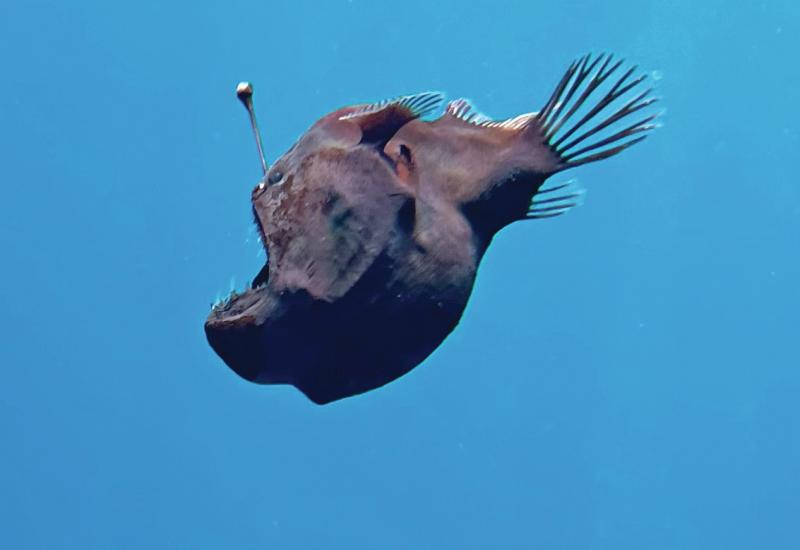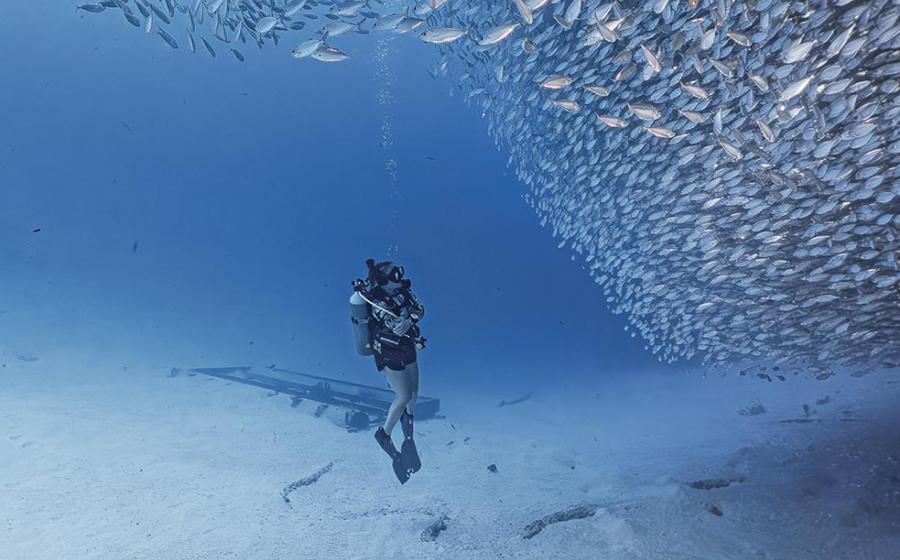Understanding the Mantis Shrimp's Bullet-Like Punch

Michaelgeyer_photography/ShutterstockA peacock mantis shrimp brandishes its hammer-like dactyl clubs.
With a bullet-like punch that shatters its prey’s shell in an instant, it’s a wonder that mantis shrimp don’t smash themselves to smithereens. Now, scientists have discovered how they protect themselves from damage.
“The mantis shrimp is known for its incredibly powerful strike, which can break mollusk shells and even crack aquarium glass,” says Horacio D. Espinosa, a professor at Northwestern University.
These animals have two strong dactyl clubs, which are held back by tendons, storing energy while they’re pinned in place. But when the clubs are deployed, the release of stored energy drives them forward, like pinging an elastic band—only much more powerful. Each strike has the force of a .22 caliber bullet. They use this lethal punch to defend their territory or to kill prey in one fell swoop.
Related Reading: What Happens When a Mantis Shrimp Packs a Punch?
“When the mantis shrimp strikes, the impact generates pressure waves onto its target,” says Espinosa. “It also creates bubbles, which rapidly collapse to produce shock waves… This secondary shock wave effect, along with the initial impact force, makes the mantis shrimp’s strike even more devastating.”
Yet, the mantis shrimp itself remains unharmed when it delivers this intense, killer blow. This has intrigued scientists, who wanted to find out how it protects the fragile tissue within its shell from the impact created during its assault.
“To repeatedly execute these high-impact strikes, the mantis shrimp’s dactyl club must have a robust protection mechanism to prevent self-damage,” Espinosa explains.
Previous studies have explored how the properties of the tough, dactyl club make it crack-resistant, like a strong shield. Although researchers have theorized that mantis shrimp have another layer of defense that filters out sound, “experimental validation on the real mantis shrimp club was missing,” he says. To find out more, Espinosa and his team used advanced laser techniques to inspect the shell in minute detail.
Related Reading: Stunning Footage Captures Anglerfish at the Surface
The club is made up of three special layers: a hard coating that protects the surface, a herringbone structure that prevents cracks by dissipating energy and a phononic shield made up of fibers that twist together like a corkscrew. The arrangement of these rotating layers protects the shrimp’s delicate body from damaging vibrations by filtering out harmful high-frequency waves. The findings of the study are published in Science.
“Understanding the phononic shielding properties of the mantis shrimp’s club has significant implications for both biology and engineering,” Espinosa adds. Although further research is needed, learning how the combination of these different factors gives mantis shrimp remarkable bulletproof protection could help inspire new protective materials in the future.”
“Biologically, it provides insights into how natural materials evolve to withstand extreme mechanical environments,” he says. “From an engineering perspective, these findings could inspire the development of bio-inspired impact-resistant materials with embedded phononic properties for applications in armor, aerospace and advanced protective coatings.”










